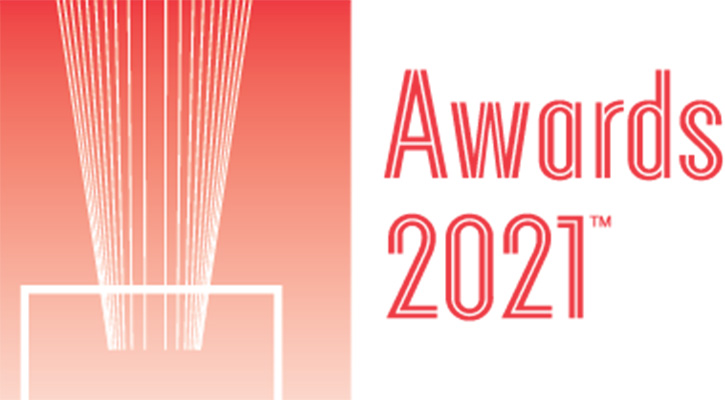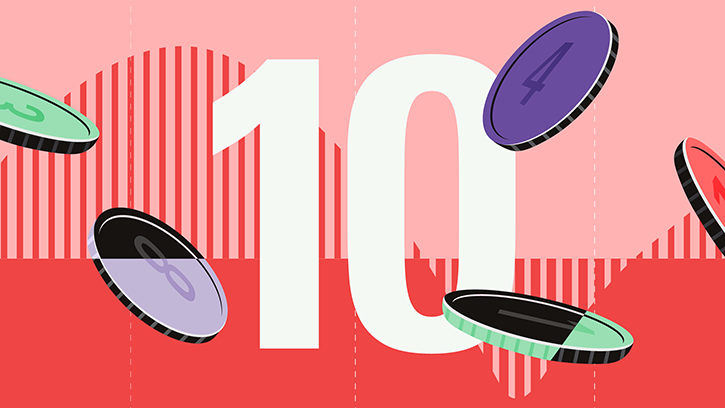Holly Black: Welcome to Morningstar. I'm Holly Black. With me is Bhavik Parekh. He is a manager research analyst at Morningstar. Hello.
Bhavik Parekh: Hello, Holly.
Black: So, Bhavik, you look each months at our fund flows data, which tells us where investors are putting their money or where they're taking it out of the market. So, as it the halfway point of the year, which areas have been most popular?
Parekh: The most popular area has been some of the unoccasional multi-asset categories. Couple of reasons for this; one, advisors which drive a lot of investing in the UK market, they have a preference for those at the moment. And two, maybe investors are struggling to kind of know what to do considering all the uncertainty we have at the moment. So, they've let someone else do the asset allocation for them.
Then if we look at the most unpopular area, then that's been UK equities, particularly large cap and equity income. These sectors have not been popular for a while, but also, it's that performance hasn't necessarily been that good, performance was good at the beginning of the year, but then has underperformed since. So, that's not been very popular.
And then, the reverse is true for small cap UK equity where performance has been good. And those funds have seen some inflows.
Black: And what about if we look at this at a fund house level, do we see particular fund groups as being more popular or enjoying more inflows?
Parekh: Yeah. So, I think the most popular fund group so far this year is Baillie Gifford. But a lot of those flows came at the beginning of the year, after such strong performance in many of their funds last year. And as I said, has kind of tailed-off as the year has gone on, the interest in Baillie Gifford. Then Liontrust has been very popular as well, really driven by their sustainable future range.
And then if we look at the unpopular fund groups, there is M&G. Some of their maybe older and more mature funds, such as Optimal Income or Corporate Bond, they've seen severe outflows for very long time. And that adds up very quickly. But most importantly, there's been the property fund, which reopened for dealing a couple of months ago, and there was a very big outflow as a result of that.
And then the least popular fund group continues to be Invesco. They've had a lot of outflows. And again, driven by one fund, really the Global Targeted Returns Fund. And that's seen a few billion out of there as well. So, unfortunately, no change for Invesco from last year.
Black: And I think one of the big trends at the beginning of the year were huge flows into sustainable or ESG funds. How is that trend playing out at the halfway point of the year?
Parekh: Yeah, so – if anything, sustainable funds their interest has only accelerated. If we look at the overall market, sustainable funds have had loads of inflows and non-sustainable funds have had outflows. But the flows into sustainable funds have been even more than the net total for the total market, so that means that not only is new money going into sustainable funds but is also taking market share from non-sustainable funds. So, that's a key area to look out for if you're an asset manager, and probably one of the reasons we see so many fund launches in that space.
Black: And the last thing I want to ask you, Bhavik, at the halfway point of the year, active versus passive funds. Who is the winner?
Parekh: Yes, unsurprisingly, passive funds are the winner here, but active funds aren't far behind. It's roughly a 60/40 split between passive and active funds this year so far. And the main reason for that is that multi-asset and sustainable funds are usually active vehicles. So, interest in those areas has helped drive interest in active funds, albeit not as much as passives.
Black: Fantastic. Bhavik, thank you so much for your time. For Morningstar, I'm Holly Black.





























